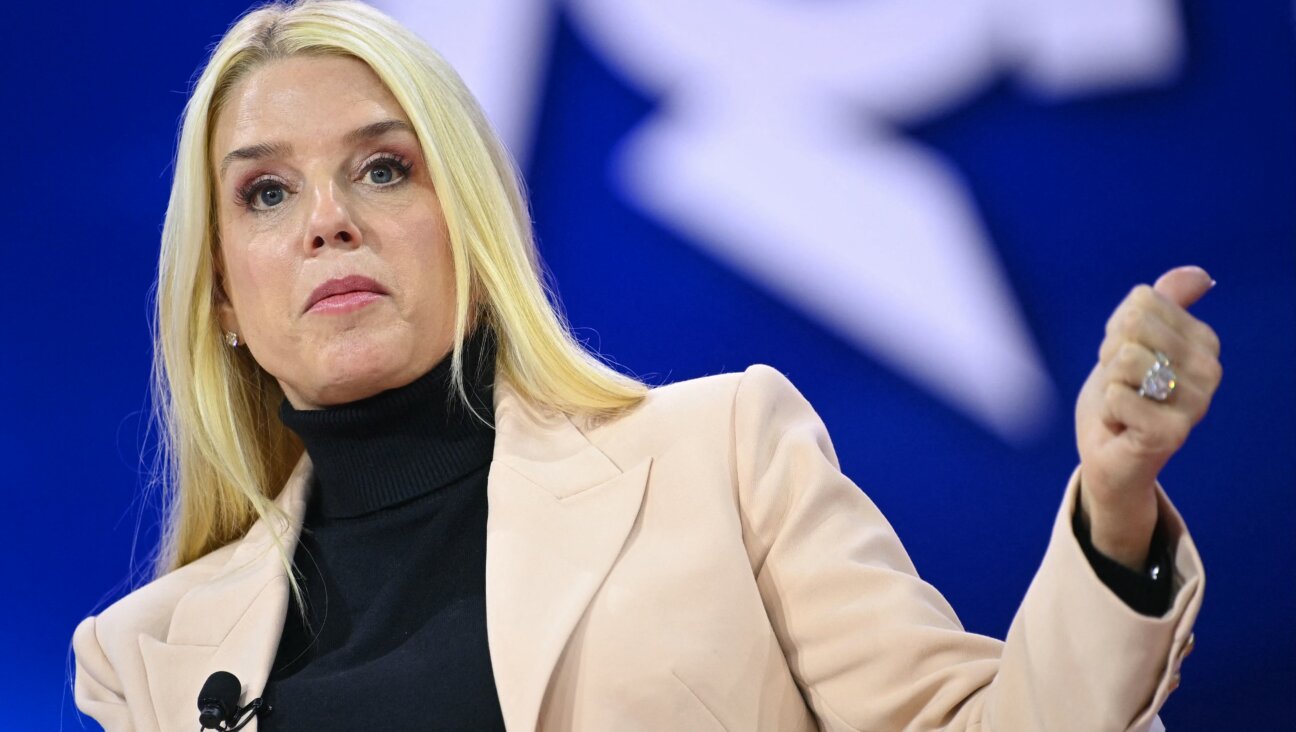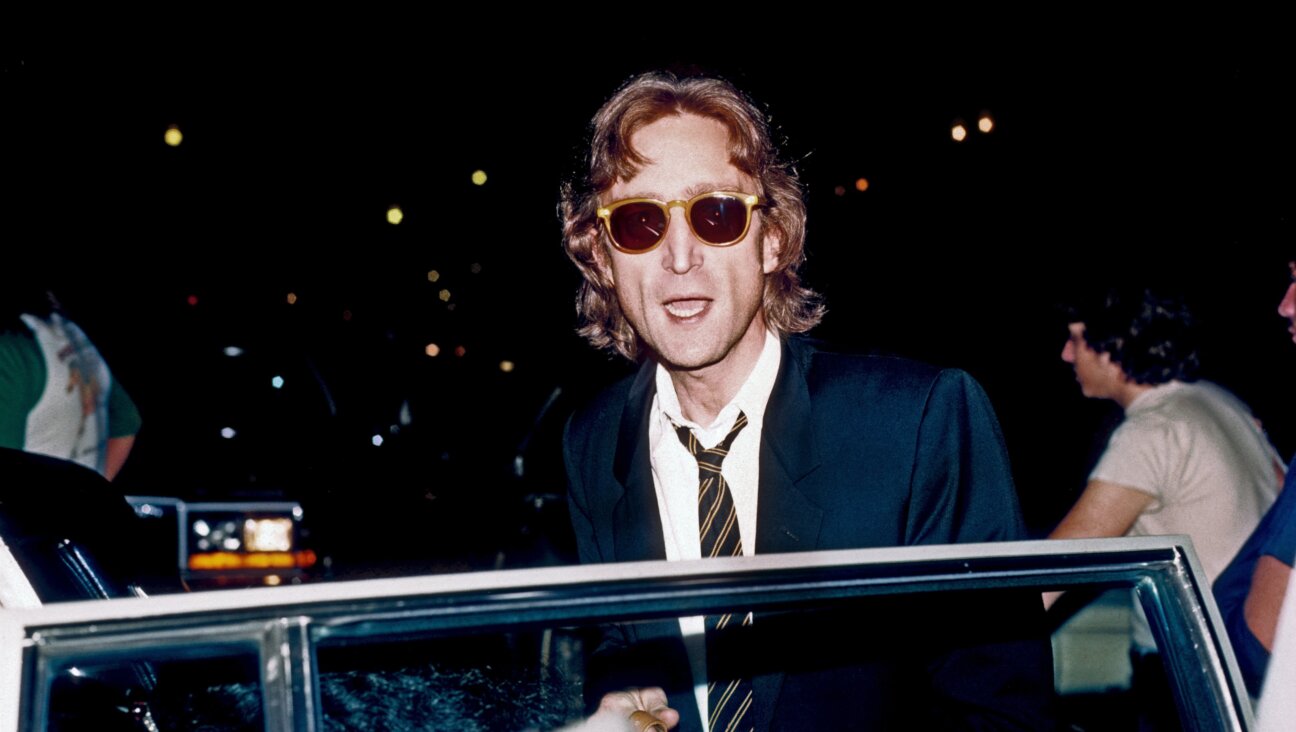Shul Artifacts Grace Christie’s
actor Edward G. Robinson and artist Ben Shahn gracing its pews, according to Roberta Brandes Gratz, a writer on historic preservation who founded the Eldridge Street Project. Eddie Cantor lived across the street, and the Gershwin family lived at the end of the block.
“[People think] the Lower East Side is just something from a Barbra Streisand movie,” said Zar, who used to work at Christie’s. “[But] you have a very large and important remnant of the Jewish community that was there in the 19th century.”
At the turn of the century, the synagogue boasted nearly 1,000 members, but the numbers dwindled so much by the 1950s that services were moved from the main sanctuary to a small room downstairs. Today, membership stands at only some 30 families.
Troubled by the synagogue’s deterioration, Gratz founded the Eldridge Street Project in 1986 to spearhead restoration efforts. And while work on the building may be completed as early as 2007, the Christie’s exhibit celebrates the history already uncovered by the renovations.
Highlights include Yiddish signs from the turn-of-the-century advertising a variety of synagogue activities, as well as ceramic spittoons, which were installed to discourage members from spitting on the synagogue floor.
Gratz’s favorite find is a small glass container that holds a pile of ashes. “When we found the jar I said, ‘Oh my goodness, what could this possibly be?’” she recalled. “It was really bizarre.”
The ashes, it turned out, are the remains of the congregation’s mortgage. Archival papers from meetings of the synagogue board make reference to a celebration in honor of paying off the debt, and the mortgage apparently was burned at the party.
“That the Congregation celebrated the fact that they finally owned the building, and that they kept [the mortgage] just charmed me,” Gratz said.
Charmed is how members of the Eldridge Street Project hope visitors will feel after seeing the exhibit at Christie’s. The group hopes that the unusual venue will help attract a new group to the Lower East Side.
“Often people will remark that they’ve been to the great synagogues in the great capitals of Europe,” said Amy Waterman, director of the Eldridge Street Project, who emphasized that the synagogue currently hosts a variety of educational and artistic programs as well as an active congregation. “One of the things that makes this different from a museum is this unbroken thread.”
A message from our CEO & publisher Rachel Fishman Feddersen

I hope you appreciated this article. Before you go, I’d like to ask you to please support the Forward’s award-winning, nonprofit journalism during this critical time.
We’ve set a goal to raise $260,000 by December 31. That’s an ambitious goal, but one that will give us the resources we need to invest in the high quality news, opinion, analysis and cultural coverage that isn’t available anywhere else.
If you feel inspired to make an impact, now is the time to give something back. Join us as a member at your most generous level.
— Rachel Fishman Feddersen, Publisher and CEO























